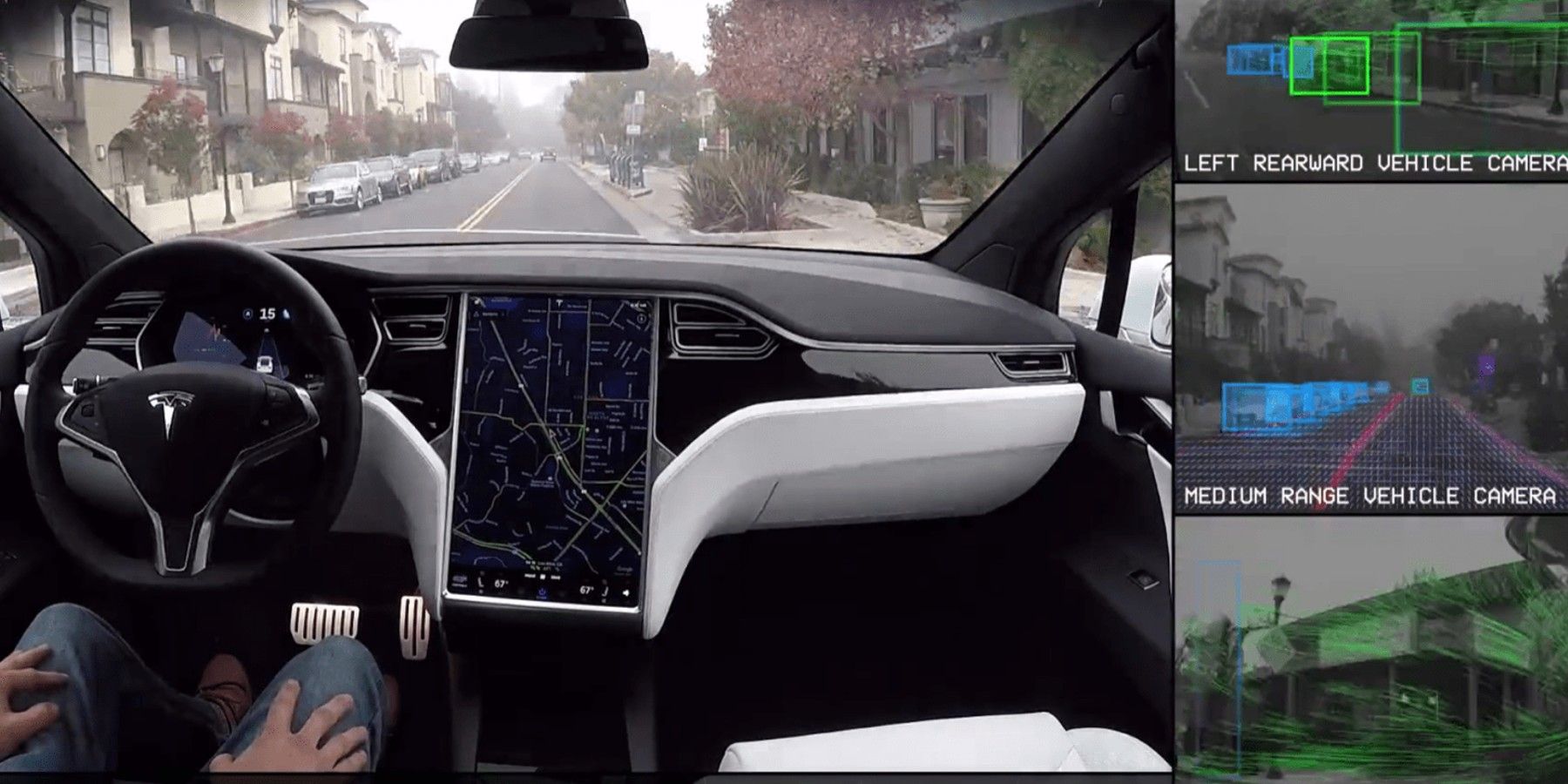Tesla issued a recall for over 11.7 thousand vehicles due to a software glitch that caused cars to activate the automatic emergency brake for no reason. Tesla recently rolled out the Self-Driving Beta FSD software. The software allows Tesla cars to autonomously drive on highways or city streets under the full-time supervision of a driver.
Tesla’s self-driving software release took months, and owners soon discovered that it was not available for just anyone who had a Tesla. Drivers interested in self-driving had to request the software, and Tesla would start a 2-week evaluation of their driving to generate a “safety score.” The better the score, the better the chances of getting the update. But the software itself was also being scored and did not pass all the tests. CEO Elon Musk delayed the release of the software due to bugs when turning left in traffic lights, sudden braking, and false warnings.
Tesla announced a recall of 11,704 Tesla cars that included Model S, Model X, Model 3, and Model Y. The vehicles recalled all had something in common. They were vehicles operating the firmware release 2021.36.5.2. Tesla explained that a software communication error could, “under a certain sequence of events,” trigger a false forward-collision warning and activate the emergency breaks. The event caught the attention of the federal agency, National Transportation Safety Board NTSB — already investigating Tesla over a series of incidents where Tesla cars crashed into police vehicles.
Recall: The Word Automakers Fear
Recall is one of the most feared words in the car industry. They are not only expensive but can lead to injuries, deaths, lawsuits, damage a brand’s reputation and even lead to bankruptcy. For example, in 2015, a massive recall affected 67 million cars worldwide when Takata airbags were recalled. The event affected Chrysler, Ford, GM, Cadillac, GMC, Chevrolet, Pontiac, Saab, Toyota and others, costing the industry billions of dollars. Electrical and electronic systems used to account for a tiny percentage of recalls, but now they have doubled.
Tesla managed to push through this recall without bringing in a single-car for repair or change. Tesla said they were “not aware of injury or crash” related to the incident despite the increased dangers and risks that arise when an emergency brake is activated while driving. The Tesla recall played out in just three days.
On October 23, Tesla released the beta firmware over-the-air to some users. The following day the company began receiving reports of false forward-collision warnings and emergency brakes events that spooked its drivers. The company put a team to work on the issue immediately, looking for the bug and canceled new software releases. Hours later, they identified the root of the cause and developed the 2021.36.5.3 as a correction solution. The version was released the following day, and Tesla said no necessary action was needed from those affected. While no one can argue that a car hitting the emergency breaks unexpectedly is serious, no injuries and no crashes, a three-day event, a software bug, and a software version update, compared to other recalls, is an impressive way of handling security and business.


